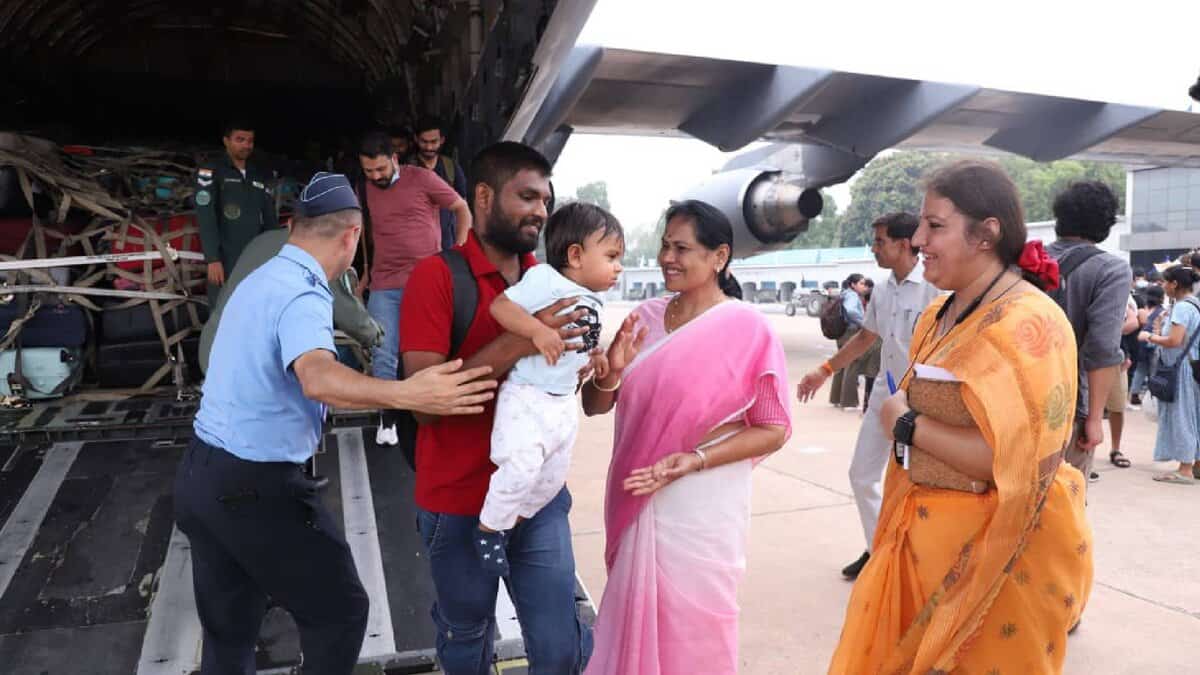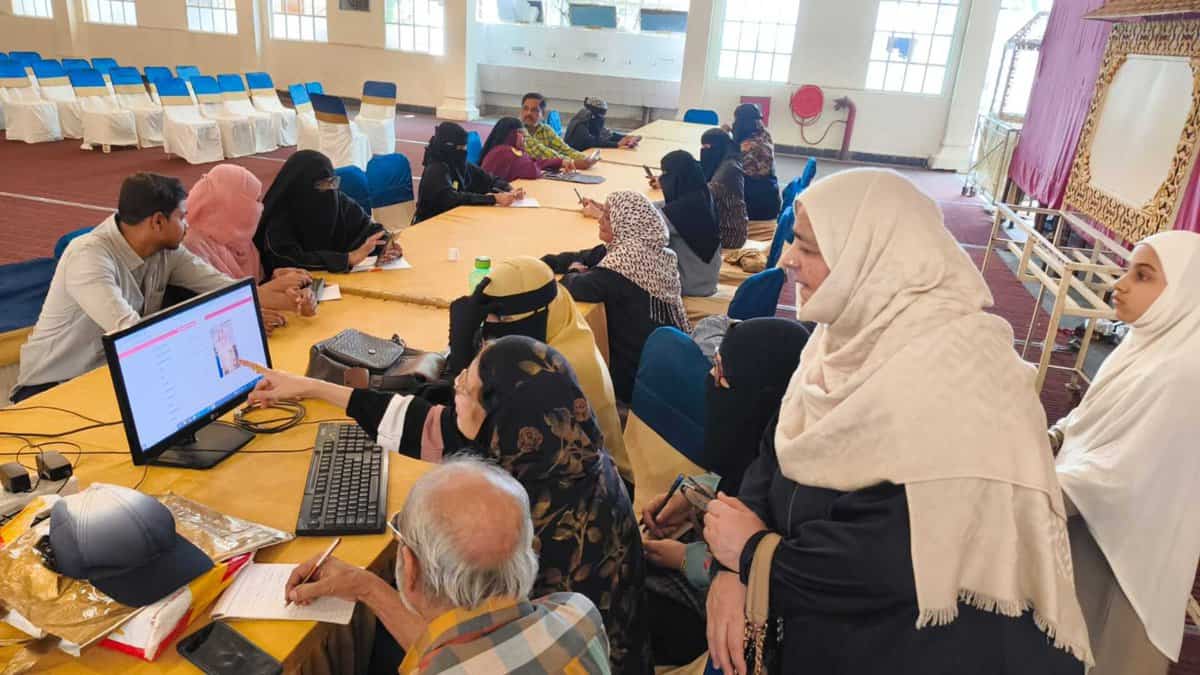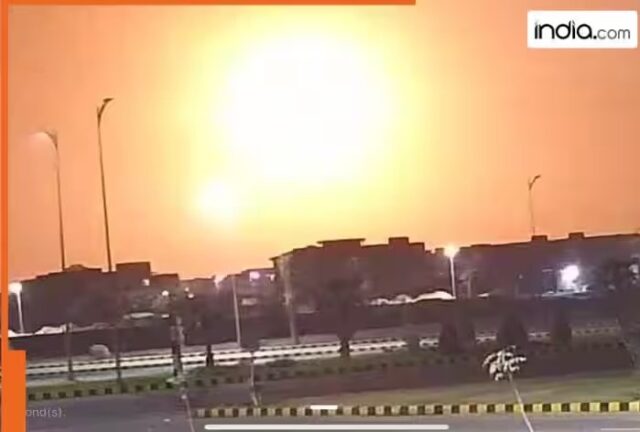India’s space programme also reflects its commitment to self-reliance, a value echoed in ‘Operation Sindoor.’
On May 7, 2025, India carried out a bold military strike called ‘Operation Sindoor,’ targeting terrorist bases in response to a grave security threat, much like the one seen in Pahalgam. This precise operation highlights not just India’s military strength but also the critical role of its space assets, managed by the Indian Space Research Organisation (ISRO). Far beyond their scientific roots, these satellites and systems are now vital for India’s security, diplomacy, and global standing. In the wake of such an operation, India’s space programme proves to be a game-changer, ensuring the nation stays vigilant and strong.
ISRO has built a world-class space programme, with over 120 satellites launched since 1975 and around 55 active ones today. These include the Indian National Satellite System (INSAT) and GSAT for communication, Indian Remote Sensing (IRS) satellites for earth observation, and the Navigation with Indian Constellation (NavIC) for independent positioning. Originally designed for civilian use, these assets are now crucial for military operations and would have played a key role in ‘Operation Sindoor.’ Their importance only grows in the post-operation phase, shaping India’s response to any challenges.
The IRS satellites, India’s eyes in the sky, are equipped with high-resolution cameras and radar imaging. During ‘Operation Sindoor,’ they likely provided detailed images of target areas, helping plan the mission with precision. After the operation, these satellites would keep watch on the region, tracking any troop movements or rebuilding efforts by adversaries. With satellites like Cartosat-2E (offering 0.6-meter resolution) and RISAT-2BR1 (working in all weather), India has a powerful, independent surveillance system.
NavIC, India’s answer to GPS, is another cornerstone. Covering India and 1,500 km beyond, it provides accurate positioning and timing. In ‘Operation Sindoor,’ NavIC would have guided assets to their targets with pinpoint accuracy. Post-operation, it would support border monitoring and troop coordination, proving its worth as a reliable national security tool, especially when global systems might not be accessible.
The INSAT and GSAT satellites ensure secure, real-time communication. During the operation, they would have connected military units, command centres, and leaders seamlessly. Afterwards, they could help share India’s side of the story globally through broadcasts or support diplomacy. They also enable telemedicine and emergency communication, preparing India for any escalation.
Beyond security, India’s space assets strengthen its global image. An operation like ‘Operation Sindoor‘ would draw worldwide attention, and India’s ability to use advanced space technology showcases its progress. ISRO’s success in launching over 400 foreign satellites has made India a trusted partner. Sharing satellite data could build stronger alliances, enhancing India’s diplomatic reach.
India’s space programme also reflects its commitment to self-reliance, a value echoed in ‘Operation Sindoor.’ ISRO’s home-grown launch vehicles, like the PSLV and GSLV, ensure India can deploy satellites without depending on others. Successes like Chandrayaan-3 and Aditya-L1 boost national pride and inspire young Indians to pursue science and technology.
However, challenges remain. India must protect its satellites from threats like cyber-attacks or anti-satellite weapons, involve the private sector to speed up innovation, and expand its military satellite fleet. Reports suggest plans for 52 dedicated military satellites by 2030, a step in the right direction.
In conclusion, India’s space assets are the backbone of its security and global standing in the aftermath of ‘Operation Sindoor.’ From real-time intelligence to precise navigation and secure communication, satellites like IRS, NavIC, and GSAT are force multipliers. They also empower civilians with better connectivity, disaster alerts, and navigation tools. As tensions linger in this scenario, ISRO’s satellites stand as India’s silent sentinels, watching over the nation. By investing in its space programme, India can cement its place as a global space leader, ready to face any challenge.
Key Facts on India’s Space Assets:
– Active Satellites: ~55, including 18 communication (e.g., GSAT-7 for Navy, GSAT-7A for Air Force), 20 earth observation (e.g., Cartosat, RISAT), 9 NavIC navigation, and 8 scientific satellites.
– Military Role: ~15 satellites support defence, with plans for 52 by 2030. In ‘Operation Sindoor,’ they provided imagery, navigation, and communication.
– Civilian Benefits: Improved internet, telemedicine, disaster alerts, and navigation for citizens.
– Future Plans: 100–150 more satellites by 2028 for better surveillance and connectivity.
– Public Pride: ISRO’s cost-effective missions and self-reliance inspire young Indians in STEM.
——- E.O.M
(Girish Linganna is a Defence, Aerospace & Geopolitical Analyst based in Bengaluru. He is also Director of ADD Engineering Components India Pvt. Ltd., a subsidiary of ADD Engineering GmbH, Germany. Contact: girishlinganna@gmail.com)
Topics

















































